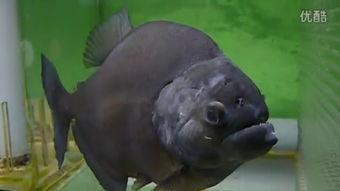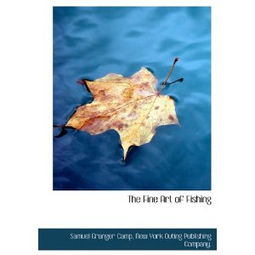本文目录导读:

- Understanding the Float
- Choosing the Right Float
- The Basics of Tuning Your Float
- Advanced Tuning Techniques
- Tips for Successful Coastal Fishing
- Conclusion
Embarking on a coastal fishing adventure can be an incredibly rewarding experience. However, to make the most of your time on the water, it's crucial to master the art of tuning your fishing line, or as it's commonly known, "tuning your float." Here's a comprehensive guide to help you perfect your coastal fishing technique, focusing on how to adjust your float for optimal results.
Understanding the Float
Before diving into the specifics of tuning your float, it's important to understand its purpose. The float, or bobber, is a device that sits on the surface of the water and helps you detect when a fish is biting. It can be adjusted to various depths, depending on the type of fish you're targeting and the conditions of the sea.
Choosing the Right Float
The first step in tuning your float is selecting the right one for your fishing needs. Here are a few factors to consider:
- Size: Larger floats are ideal for fishing in deeper waters, while smaller floats are better for shallow waters.
- Buoyancy: Heavier floats will stay higher in the water, while lighter floats will sink deeper.
- Shape: Some floats are designed to be more visible to fish, while others are more subtle.
The Basics of Tuning Your Float
Once you've chosen the right float, it's time to start tuning it. Here's a step-by-step guide:
Attach the Leader: Begin by attaching your leader line to the bottom of the float. The leader should be long enough to allow the float to move freely without being hindered by the fishing rod.
Add Weight: Depending on the depth you want to fish, add a weight to the end of your leader. This weight will help to sink your bait to the desired depth.
Adjust the Float: Place the float on the end of the leader and adjust it so that it sits just above the waterline. This will give you a good starting point for your fishing depth.
Set the Hook: Attach your hook and bait to the end of the leader, making sure it's positioned correctly.
Test the Float: Cast your line out into the water and observe how the float behaves. If it sinks too quickly, add more weight. If it sits too high, remove some weight.
Advanced Tuning Techniques
Once you've mastered the basics, you can start experimenting with more advanced tuning techniques:
- Adjusting for Current: If you're fishing in an area with a strong current, you may need to add more weight to keep your float in place.
- Fine-Tuning Depth: To adjust the depth of your bait, you can either add or remove weight from the leader. Be sure to make small adjustments and test the float after each change.
- Using a Sliding Float: A sliding float allows you to change the depth of your bait without having to reposition the weight. Simply slide the float up or down the leader to achieve the desired depth.
Tips for Successful Coastal Fishing
- Weather Conditions: Pay attention to the weather conditions, as they can significantly impact your fishing success. Windy days can make it difficult to maintain a consistent float position, while calm days are often more conducive to fishing.
- Seasonal Changes: Fish behavior can change with the seasons, so be sure to adjust your technique accordingly. For example, during the summer months, fish may be found in deeper waters, while in the winter, they may be closer to the shore.
- Patience: Coastal fishing can be unpredictable, so it's important to be patient. Take your time to observe the water and adjust your technique as needed.
Conclusion
Tuning your float is a crucial aspect of coastal fishing, as it directly affects your ability to detect bites and target fish effectively. By understanding the basics of float tuning and applying advanced techniques, you'll be well on your way to mastering the art of coastal fishing. Remember to choose the right float, adjust it according to the conditions, and be patient in your pursuit of the perfect bite. Happy fishing!












